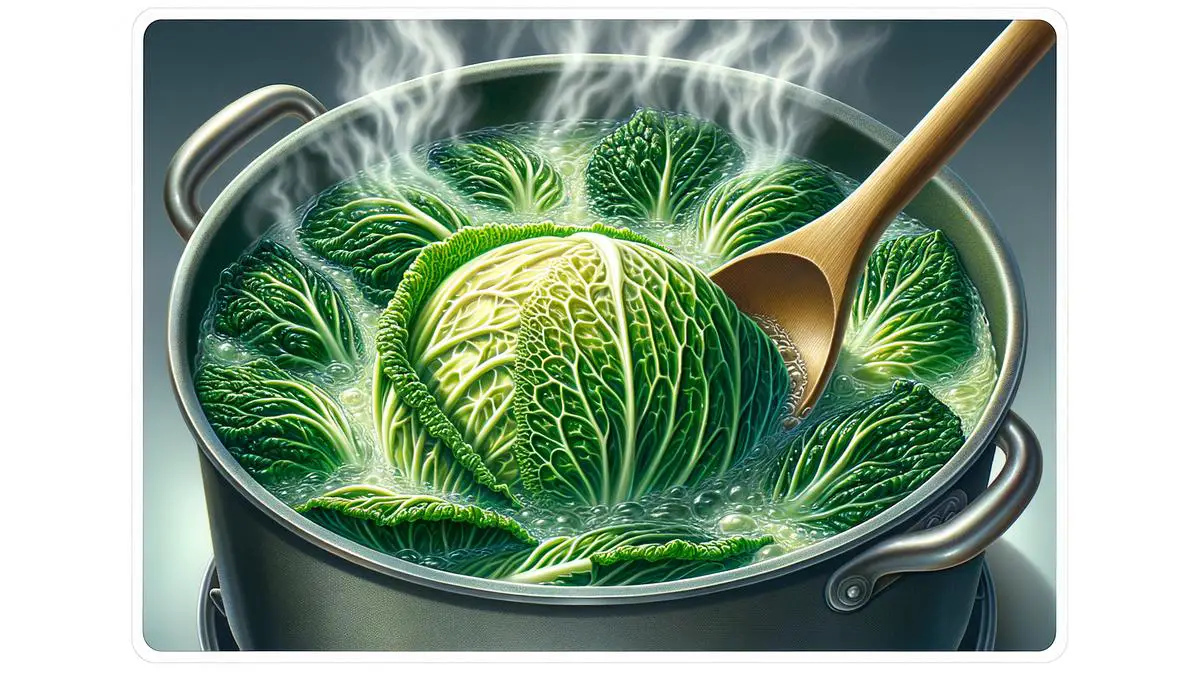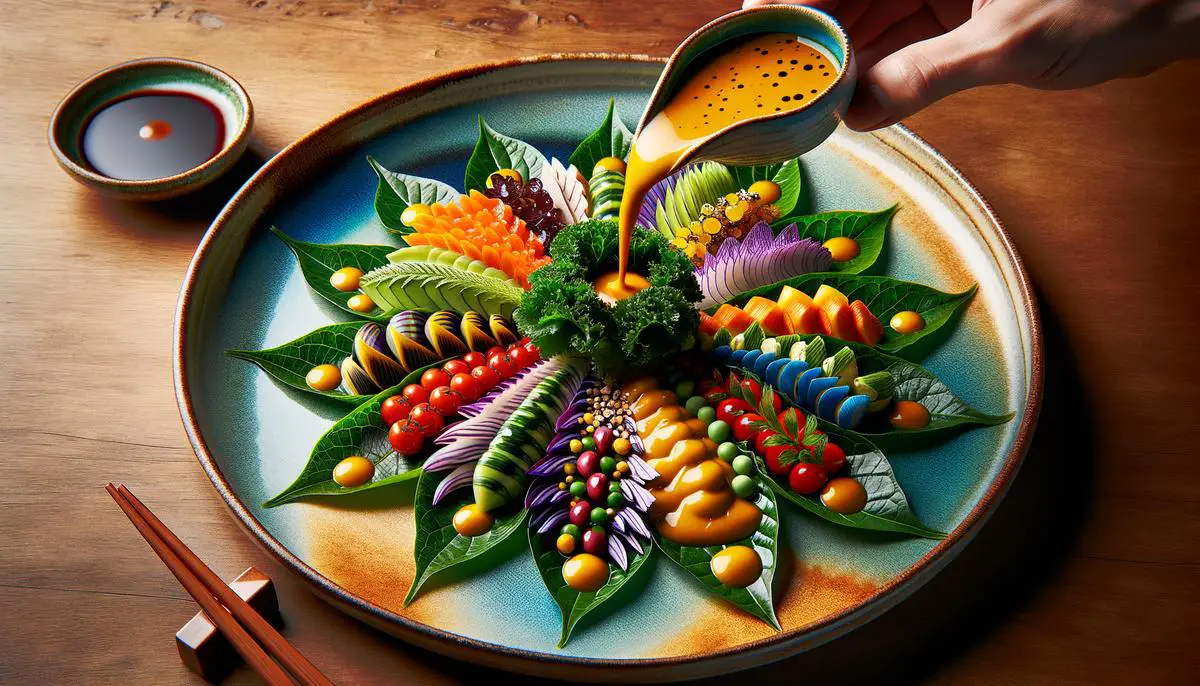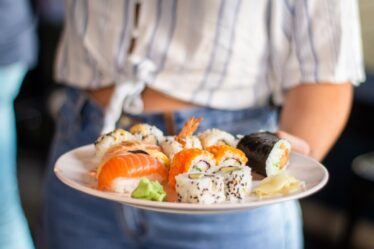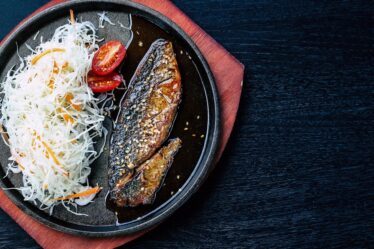
When you think about making a meal that stands out, the key often lies in selecting and preparing the right ingredients. This is especially true for Hakusai, or Napa cabbage, a versatile vegetable that can transform any dish into something special. Here, we break down the essential steps for picking and getting your Hakusai ready for cooking, bringing out its best flavors and textures. Whether you’re aiming to impress your guests or just looking for a way to spice up your daily meals, understanding how to handle this cabbage is the first step toward culinary success.
Selecting and Preparing Hakusai
Choosing and Prepping Hakusai for Cooking
When it comes to cooking with Hakusai, also known as Napa cabbage, the pathway to a delicious dish begins with selecting the right head of cabbage and preparing it properly. Here’s a guide to do just that, ensuring your Hakusai brings crisp, sweet flavors to your table.
Selecting Hakusai
: First off, embark on your Hakusai hunt at a reputable grocer or farmers’ market. Look for heads that boast vibrant, fresh-looking leaves without any brown spots or wilted edges. The cabbage should feel heavy for its size, a hidden clue to its freshness and water content. Squeeze the head lightly; it should feel firm, a testament to its crisp texture. Lastly, the leaves at the head’s base should be tightly packed. A loose base might suggest an older cabbage, moving past its prime.
Prepping Hakusai
: Once you’ve found your perfect specimen, it’s time to prep. Start by removing the outer leaves if they seem tough or damaged. Rinse the Hakusai under cold water to wash away any dirt or hidden insects. Pat it dry gently with paper towels.
Now for the cutting – lay the cabbage on a stable cutting board. Depending on your recipe, Hakusai can be sliced into various shapes and sizes, but let’s focus on a common method: chopping it for stir-fries or salads. First, cut the cabbage in half lengthwise, then into quarters, slicing down from the leafy end towards the root. This process exposes all layers of the cabbage, making it easier to manage.
After quartering, remove the hard core found at the base of each quarter; it’s tough and not as pleasant to eat. From there, angle your knife and thinly slice the Hakusai crosswise, working your way from the leafy parts down to the whiter, crunchier base. The size of your slices can vary based on preference and the needs of your recipe – thinner slices for quick stir-fries or slightly thicker for robust salads.
And there it is – Hakusai, chosen with care and prepped with precision, ready to elevate your next culinary creation. Whether it’s tossed into a warming soup, mixed into a fresh salad, or thrown into a sizzling pan, Hakusai brings texture, sweetness, and a touch of elegance to your cooking.

The Hakusai Blanching Technique
Blanching stands out as a pivotal step in cooking Hakusai, a practice that might seem like a mere preliminary task but holds the key to unlocking the vegetable’s full potential. Here’s why blanching, a technique involving briefly boiling and then plunging the vegetable into ice water, is indispensable.
Firstly, blanching is about texture. Hakusai, known for its crispness, can sometimes veer towards being tough, especially the stems. Through blanching, Hakusai softens just enough, making it easier to chew while preserving its signature crunch. This balance is crucial for dishes where Hakusai’s texture plays a starring role, contributing to the overall mouthfeel of the dish.
Moreover, blanching serves as a flavor enhancer. By subjecting Hakusai to a quick boil, any overpowering raw flavors mellow out. This process helps in bringing forward a sweeter, more palatable taste. When incorporated into recipes, blanched Hakusai harmonizes with other ingredients, allowing for a cohesive blend of flavors rather than overwhelming the dish with its natural bitterness.
Color preservation is another beneficial aspect of blanching. The vibrant green of Hakusai can dull when cooked for extended periods. Blanching momentarily halts enzyme actions that lead to discoloration, ensuring that the cabbage remains green and visually appealing in the final presentation of the dish. This aspect is particularly important in cuisine where the visual appeal is as valued as the taste.
Additionally, blanching aids in cleanliness. Despite thorough washing, tiny insects or dirt can lodge in the leaves. Blanching ensures that Hakusai is not only cooked to perfection but also free from any residual contaminants, providing peace of mind when serving dishes to your loved ones.
Lastly, blanching is a technique that plays a significant role in meal prep efficiency. Partially cooking Hakusai ahead of time shortens the final cooking process, a boon for meals that need to come together quickly. This makes Hakusai a versatile ingredient that can be readily used in a variety of dishes, from stir-fries to soups, without additional prep time.
In summary, blanching is not just a preparatory step but a crucial technique that enhances texture, flavor, color, cleanliness, and efficiency when cooking with Hakusai. This simple yet effective method elevates the humble cabbage, making it an indispensable technique for anyone looking to master the art of Hakusai recipes.

Creating the Perfect Dressing
Moving forward, when it comes to the culinary ballet that is a Hakusai dish, the dressing isn’t just an accompaniment; it’s the maestro conducting the flavors to symphonic perfection. A well-crafted dressing for Hakusai doesn’t just coat or add moisture; it’s a transformative agent, unlocking the dish’s potential and elevating it from simple to sublime.
First and foremost, balance is key in crafting the perfect dressing. A Hakusai dressing should dance on the palate, offering a harmonious balance of sweet, salty, sour, and umami notes. This balance is crucial because Hakusai, with its slightly sweet and peppery profile, serves as a blank canvas ready to absorb and amplify the flavors introduced to it.
For the sweet component, consider mirin or honey – subtle yet effective in highlighting the natural sweetness of Hakusai without overshadowing it. On the salty front, soy sauce is a traditional choice, imparting depth and a rich umami kick that complements the vegetable’s freshness. Rice vinegar or lime juice can introduce a sour element, offering a refreshing contrast and cutting through the richness, making each bite as compelling as the last.
Umami is the secret ingredient in a Hakusai dressing, the mysterious fifth taste that makes the dish deeply satisfying. Incorporating miso paste or a dash of fish sauce can provide this elusive umami quality, elevating the dressing from simple to complex, from good to unforgettable.
Texture also plays a pivotal role in the dressing’s success. A hint of sesame oil can introduce a velvety smoothness, while toasted sesame seeds add a delightful crunch that contrasts beautifully with the tenderness of the Hakusai. These textural contrasts ensure that each bite is as interesting as it is flavorful.
Lastly, the dressing’s emulsion is critical – it must cling to the Hakusai, ensuring each leaf is perfectly coated. Achieving this involves whisking the dressing vigorously or employing an emulsifier like Dijon mustard. This ensures uniform distribution of flavors, guaranteeing that no bite is bland.
In conclusion, the perfect dressing for Hakusai is much more than a combination of ingredients. It’s a careful calibration of flavors, a deliberate play of textures, and, most importantly, a respect for the vegetable’s inherent qualities. By crafting a dressing that balances sweet, sour, salty, and umami, while considering mouthfeel and coating ability, one can truly elevate a simple dish of Hakusai into a culinary delight. The magic lies not in the complexity of the ingredients but in the attention to detail and the harmony they achieve together, turning the humble Hakusai into a testament to the power of a perfectly poised dressing.

Mastering the art of selecting, preparing, and utilizing Hakusai in your cooking can significantly elevate your dishes, bringing a blend of texture, flavor, and color that delights the senses. Through careful selection, proper preparation techniques, and the creation of a harmonious dressing, Hakusai can become more than just a side dish; it can be the star of your culinary repertoire. As you integrate these practices into your cooking routine, you’ll find that the simple act of cooking with Hakusai can turn everyday meals into extraordinary experiences, showcasing the true beauty and versatility of this exceptional cabbage.


